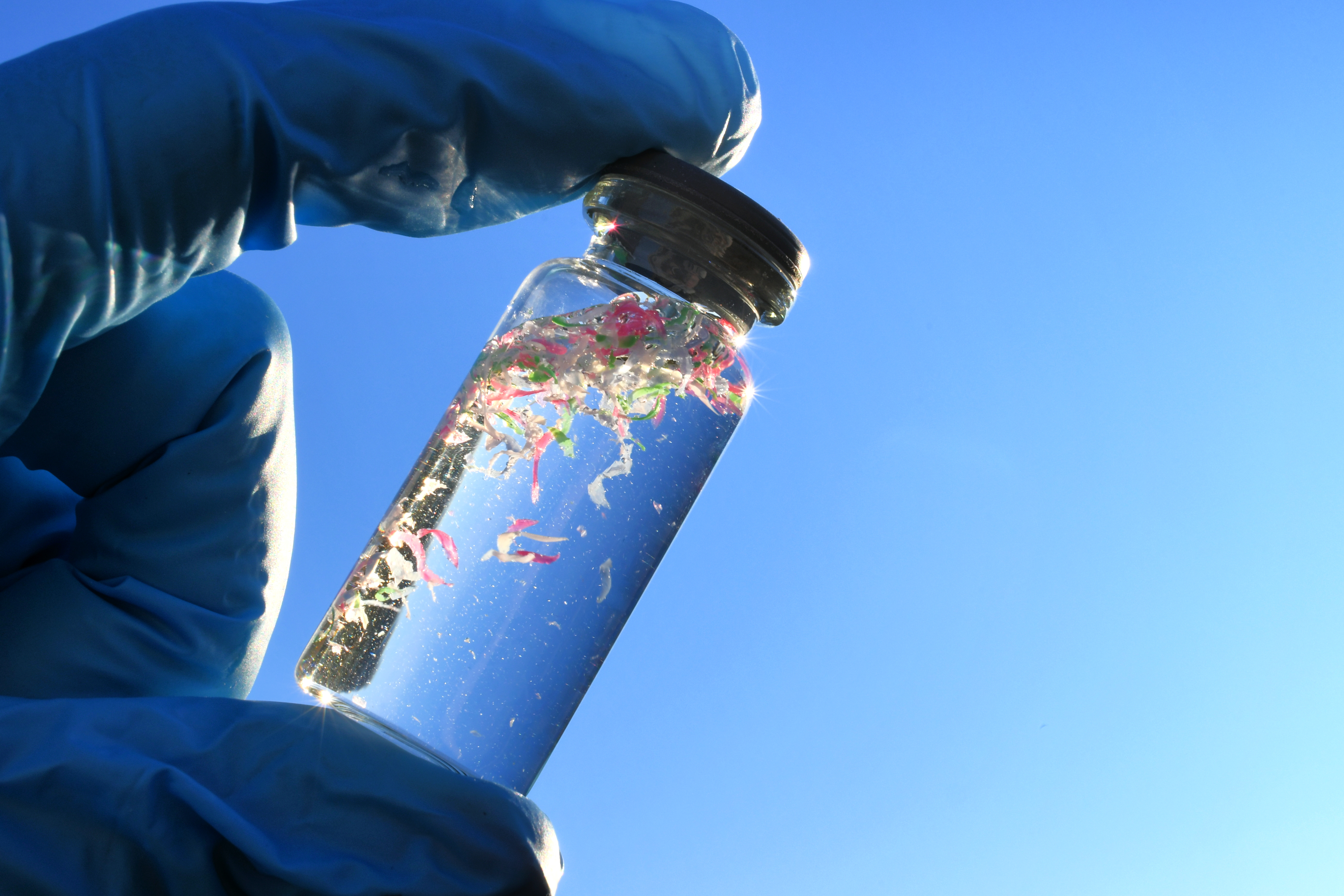Clarkson University Researchers Advance Microplastic Detection Methods
Microplastics have become an invisible but persistent threat in rivers, lakes, oceans, and even in the water we drink. These tiny plastic fragments can drift for miles, settle on the seafloor, or remain suspended for years, harming ecosystems and human health.

Scientists still lack a standard way to measure how microplastics move through water. Clarkson University researchers are helping change that with a new, open-source method that uses computer vision to track how fast these particles sink — a crucial step toward understanding, predicting, and ultimately reducing the spread of plastic pollution in aquatic environments.
Using cameras and artificial intelligence, the system tracks and calculates microplastic movement with high accuracy, within about six percent of manual measurements. This new, open-source technique provides a consistent and reliable way to study microplastic behavior, helping scientists predict where pollution will accumulate and design better strategies to reduce its environmental impact.
Clarkson’s researchers working on this project include Assistant Professor of Electrical & Computer Engineering Masadul Imtiaz and Associate Professor of Civil and Environmental Engineering Abul Baki. Supported by the NYS Center of Excellence in Healthy Water Solutions and NSF-REU, the team plans to expand this work to include real-time, AI-powered detection of microplastics in future studies.
The full article about the team’s research can be found in the open access journal, Microplastics.
